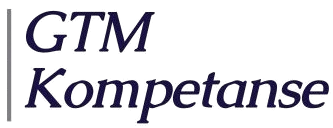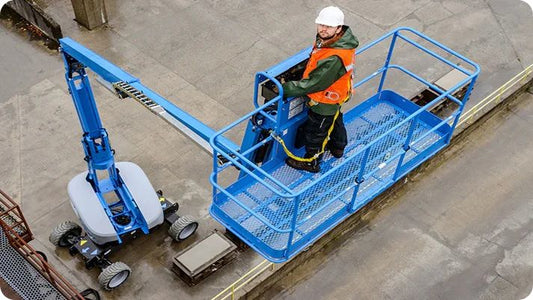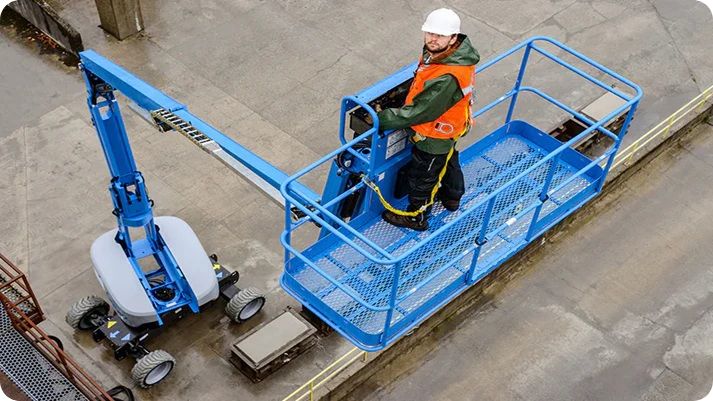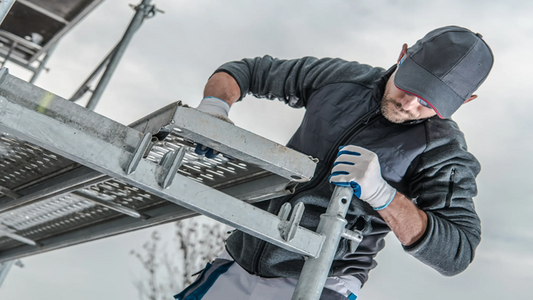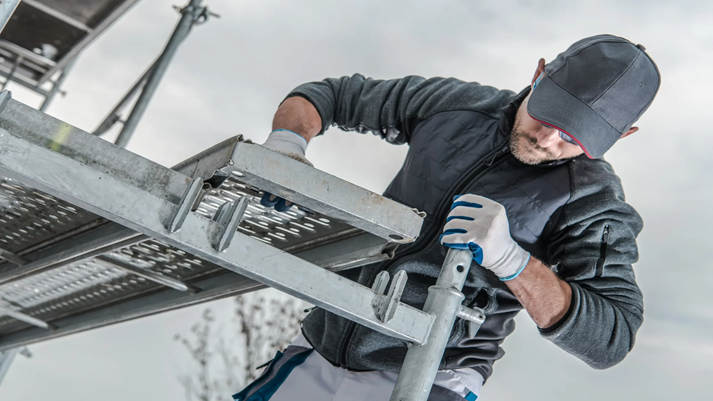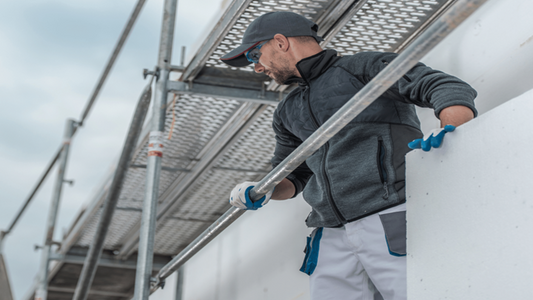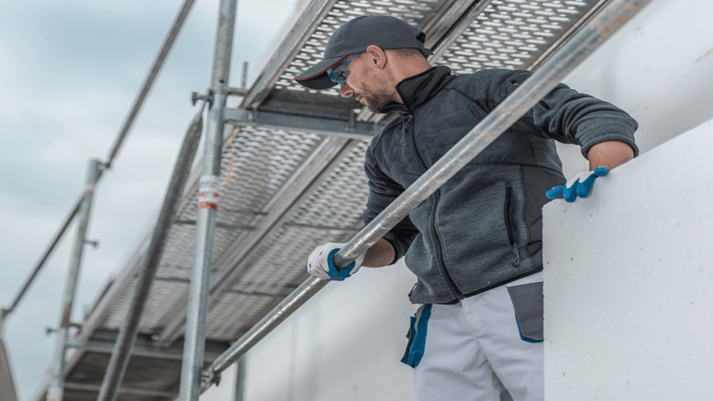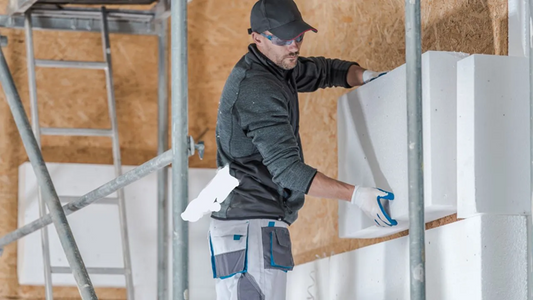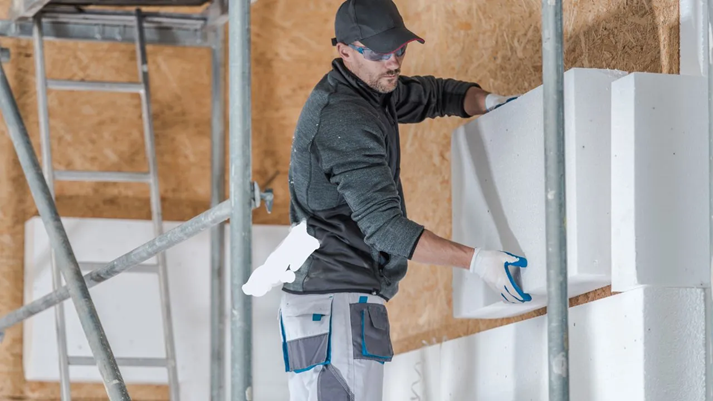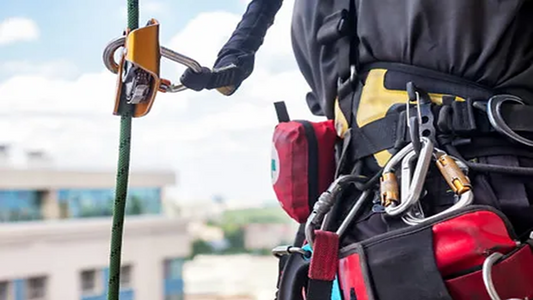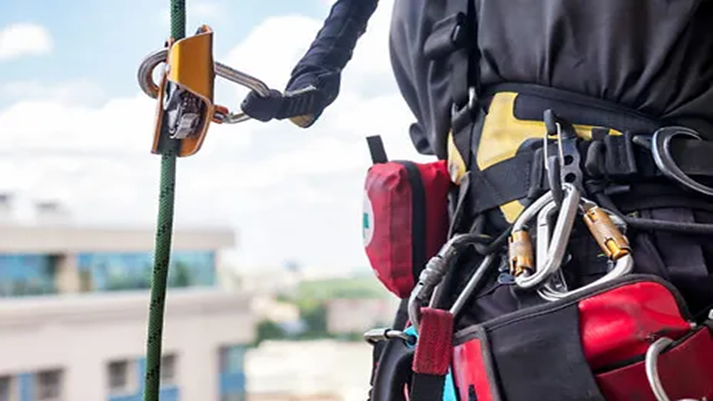The use of personal lifts , often called lifts, is regulated by strict requirements to ensure the safety of operators and the environment. Lack of competence can lead to serious accidents, and therefore documented training is required for anyone who will use such equipment in a professional context. This post provides a thorough review of who must have a lift course , what the course entails, and what consequences a lack of training can have.
Legal requirements and regulations for the use of lifts
According to the Regulations on the Performance of Work Section 10-2, it is the employer's responsibility to ensure that employees have documented training before using personal lifts .
The regulations require that:
- Workers who will use personal lifts must have undergone theoretical and practical training.
- The training must be documented and available to the Norwegian Labour Inspection Authority during inspections.
- The employer must regularly ensure that the training is updated in accordance with current regulations and practices.
- Lack of training can result in fines, work stoppages or liability in the event of accidents.
Who is required to take a lift course ?
A lift course is a requirement for anyone who will operate a personal lift in the workplace. This includes a number of professional groups, including:
1. Construction workers
Lifts are often used on construction sites for installation, maintenance and inspection. Without documented training, operators risk serious accidents.
2. Electricians and installers
Many electrical installations require work at height. Hoists are used in industrial halls, street lighting work and other installations.
3. Warehouse and logistics personnel
In warehouses and distribution centers, lifts are used to handle goods at height. Improper use can cause damage to people and goods.
4. Facade and maintenance workers
Work such as painting, cleaning and repairing buildings often requires the use of a lift.
5. Sign installers and advertising installers
Many signs and advertising installations require assembly at great heights, where lifts are the safest work tool.
6. Tree caretakers and landscapers
Pruning and removing trees often requires working at height, where the safe use of a lift is essential.
7. Firefighters and rescue personnel
Personnel lifts can be used in evacuations and rescue operations, and proper training is essential for safe operation.
What does a lift course involve?
A lift course provides participants with the necessary knowledge about the safe use of personal lifts and covers the following topics:
Theoretical training:
- Applicable laws and regulations
- Risk assessment and safety procedures
- Different types of personal lifts and their uses
- Inspection and maintenance
Practical training:
- Safe operation and maneuvering
- Work on different surfaces
- Emergency situations and rescue procedures
- After passing the course, participants receive a course certificate documenting the training.
Consequences of missing a lift course
Lack of training can have serious consequences, both for the employer and the employee:
- Increased risk of accidents: Incorrect use of a lift can lead to falls, tipping or crushing injuries.
- Fines and sanctions: The Norwegian Labour Inspection Authority can impose fines on employers if employees lack necessary documentation.
- Liability: In the event of an accident, the company can be held liable for lack of training.
- Lack of insurance coverage: Insurance companies may reject claims if the operator does not have approved certification.
Benefits of our lift course
We offer a comprehensive online lift course that provides flexible training according to current requirements. Our online course provides:
- 24/7 availability – complete the course when it suits you.
- User-friendly platform – easy navigation with video instructions and interactive modules.
- Approved training – meets government requirements for documented training.
How to sign up?
To take a lift course with us, follow these simple steps:
-
Choose the course – Go to our website and find the course overview.
-
Order the online course – add the course to your shopping cart and complete the order, we will contact you immediately to collect participant information.
-
Complete the training – Review theory and practice.
-
Receive a course certificate – Get a course certificate after passing the course.
For anyone who uses personal lifts at work, a lift course is a legal requirement. It not only ensures compliance with current regulations, but also provides reassurance for operators and employers.
Investing in the right training reduces the risk of accidents while increasing work efficiency. Enroll in a course today to ensure you or your employees meet the requirements for safe use of lifts.
